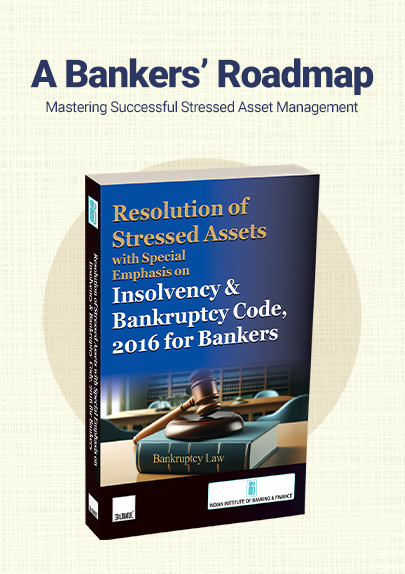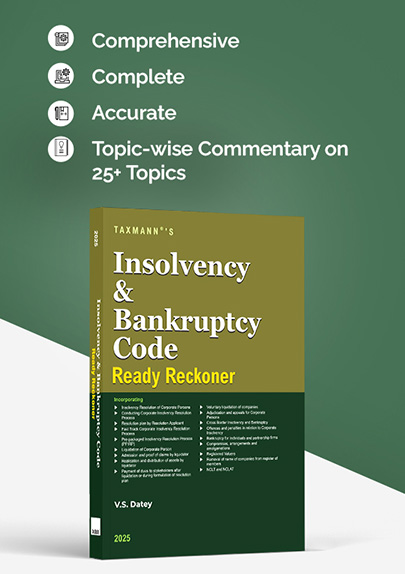Application for Reduction of Share Capital by Transferring Deceased Shares to Legal Heir Without CLB Authorization Was Dismissed | NCLT
- News|Blog|Company Law|
- 2 Min Read
- By Taxmann
- |
- Last Updated on 5 April, 2025
Case Details: Ravinder Kumar Magoo v. AMA India Enterprises (P.) Ltd. - [2025] 172 taxmann.com 837 (NCLT-Chd.)
Judiciary and Counsel Details
- Harnam Singh Thakur, Judicial Member & Umesh Kumar Shukla, Technical Member
-
G.S. Sarin, PCS for the Applicant.
-
Ajay Garg & Mahesh Sharma, Advs. for the Respondent.
Facts of the Case
In the instant case, the original petitioner held shares in the applicant company and filed a petition under sections 397 and 398 of the Companies Act, 2013, against the applicant company, alleging oppression and mismanagement in the company.
The NCLT directed the applicant company to purchase shares held by the original petitioner at a determined value along with 9% interest per annum. Later, both the original petitioner and the company appealed to the NCLAT, which directed the company to purchase shares and lowered the interest rate.
In the meantime, the original petitioner passed away, and his legal heirs were substituted. R1, the son of the original petitioner, filed a probate suit based on a will executed by the original petitioner in favour of R1, which was granted in his favor, resulting in the transmission of shares to him.
The Applicant Company then agreed to a settlement with R1, where they would pay Rs. 4.27 crores to R1 for the reduction and cancellation of shares and payment would extinguish all disputes and claims against the company and its directors.
It was noted that since the CLB order did not provide for a reduction of share capital and did not find case of oppression and mismanagement, the NCLT could not order for reduction of share capital.
NCLT Held
The NCLT held that if the applicant Company wanted to have reduction of share capital, then notice to other shareholders, creditors, Central Government (RD/ RoC) and such other authorities, as may have been required keeping in view the facts and circumstances, should have been issued with a prayer to the CLB originally and not at this stage and, that too on basis of settlement agreement at behest of shareholder, who had been allowed to have exit route from the applicant company by his shareholding. Therefore, an application was to be dismissed.
List of Cases Reviewed
- Cosmo Steel Pvt. Ltd. v. Jairam Das Gupta [1978] 1 SCC 215 (para 13) followed.
List of Cases Referred to
- Cosmo Steel Pvt. Ltd. v. Jairam Das Gupta (1978) 1 SCC 215 (para 7).
Disclaimer: The content/information published on the website is only for general information of the user and shall not be construed as legal advice. While the Taxmann has exercised reasonable efforts to ensure the veracity of information/content published, Taxmann shall be under no liability in any manner whatsoever for incorrect information, if any.

Taxmann Publications has a dedicated in-house Research & Editorial Team. This team consists of a team of Chartered Accountants, Company Secretaries, and Lawyers. This team works under the guidance and supervision of editor-in-chief Mr Rakesh Bhargava.
The Research and Editorial Team is responsible for developing reliable and accurate content for the readers. The team follows the six-sigma approach to achieve the benchmark of zero error in its publications and research platforms. The team ensures that the following publication guidelines are thoroughly followed while developing the content:
- The statutory material is obtained only from the authorized and reliable sources
- All the latest developments in the judicial and legislative fields are covered
- Prepare the analytical write-ups on current, controversial, and important issues to help the readers to understand the concept and its implications
- Every content published by Taxmann is complete, accurate and lucid
- All evidence-based statements are supported with proper reference to Section, Circular No., Notification No. or citations
- The golden rules of grammar, style and consistency are thoroughly followed
- Font and size that’s easy to read and remain consistent across all imprint and digital publications are applied






 CA | CS | CMA
CA | CS | CMA


